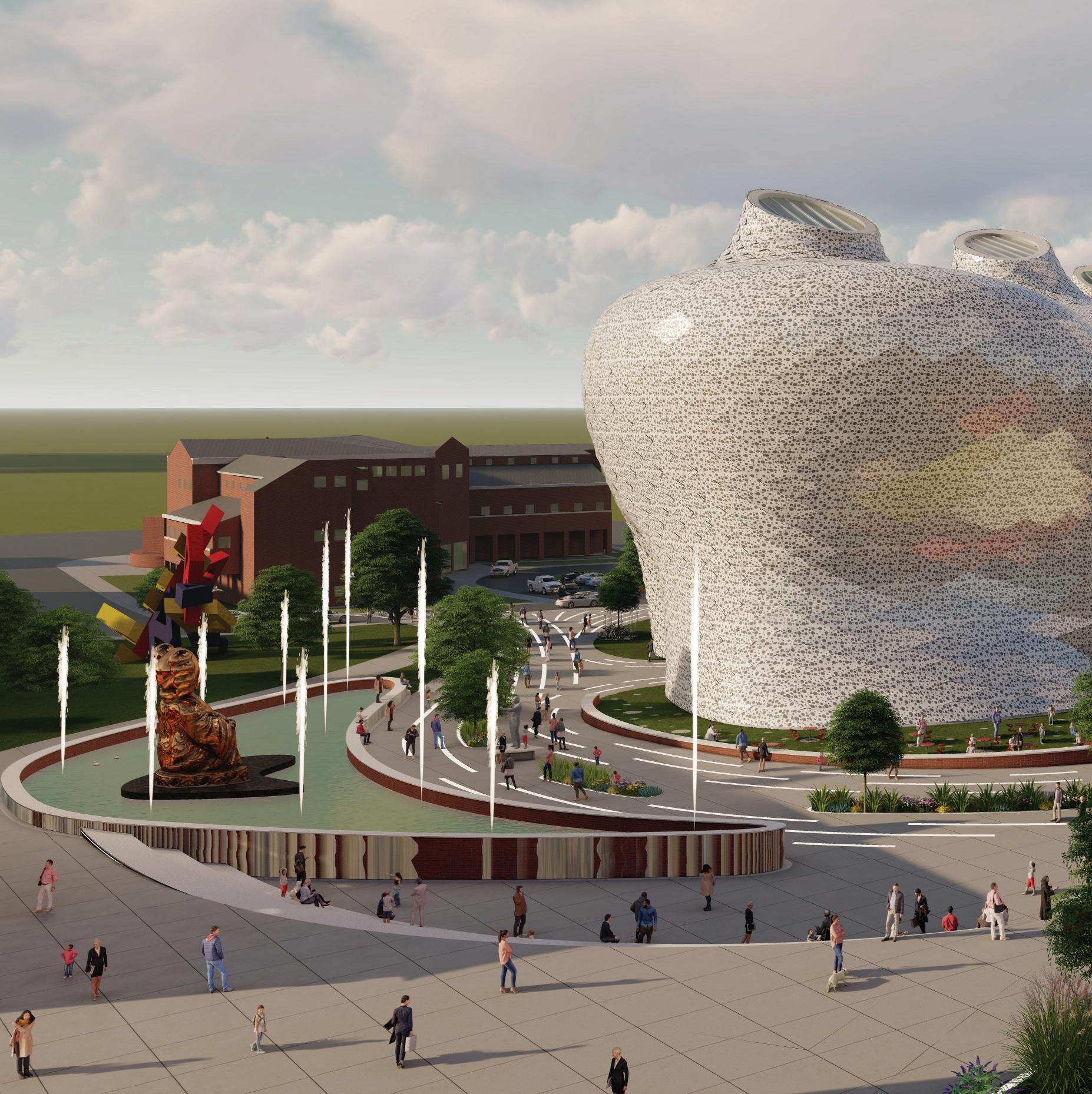
1 minute read
LOUISIANA TECH SCHOOL OF DESIGN
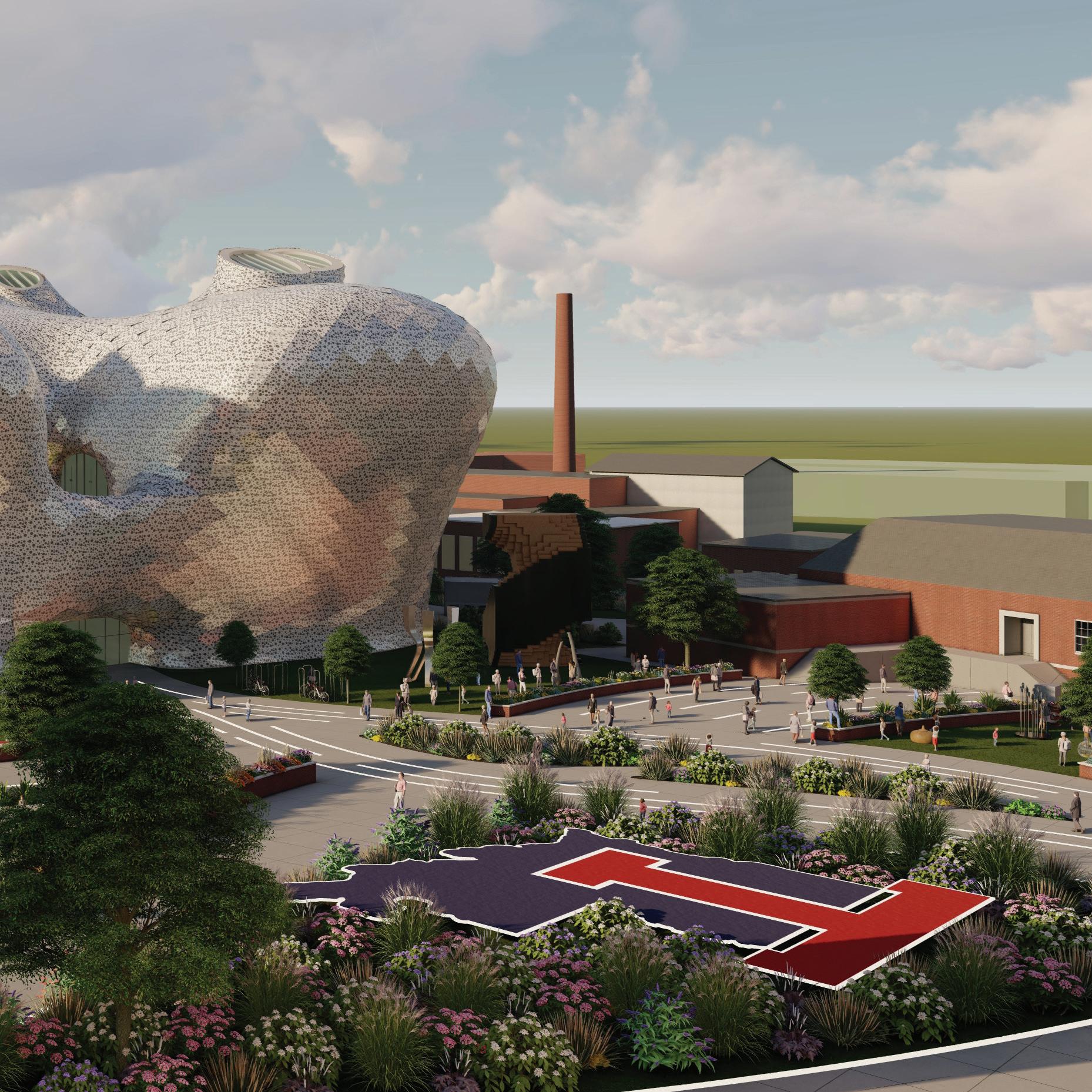
Edgeless Forms and Interiors
Advertisement
Edgeless interiors accentuate a smooth transition through spaces. Pathways create a gradual sense of excitement rather than an abrupt change of spatial experience. This allows for curiosity to build as users travel through spaces along seamless and fluid circulation.
Crisp edges create clear distinctions among spaces while edgeless forms blur those lines of separation. The merging of physical spaces allows for flexible uses of initially separate programs. Rather than definitive thresholds, edgeless interiors allow for intersections of different events and circulations.
Edgeless interiors allow light to maneuver through volumetric spaces. Crisp corners would create harsh shadows, while curved surfaces soften shadows and diffuse light. The curvatures create various light settings that can outline different spaces or filter incoming daylight.
Edgeless interiors intrinsically call for smooth materiality to accentuate their seamless language. This draws the focus to forms rather than textures. Smooth textures allow for an elegant integration of programs and circulation. The subtle seams of panels can be used to guide the visual circulation. On the contrary, the panels can be constructed to be completely seamless to create a smooth surface that softens lights.


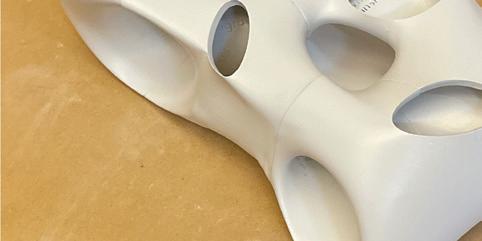
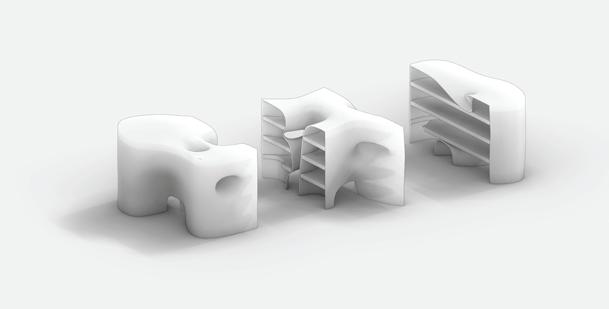
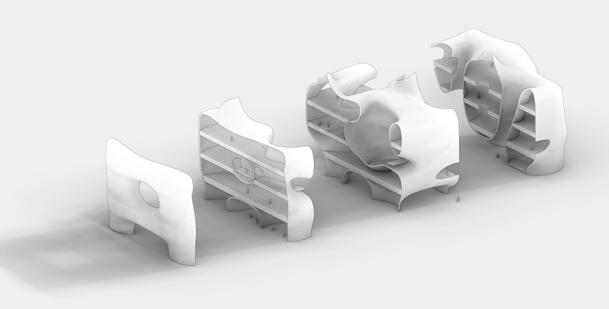
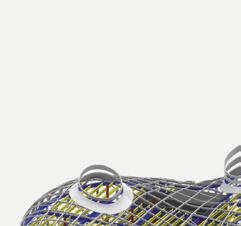
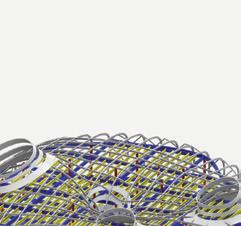

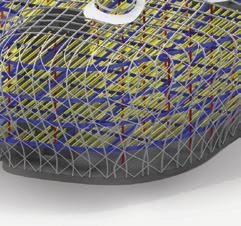
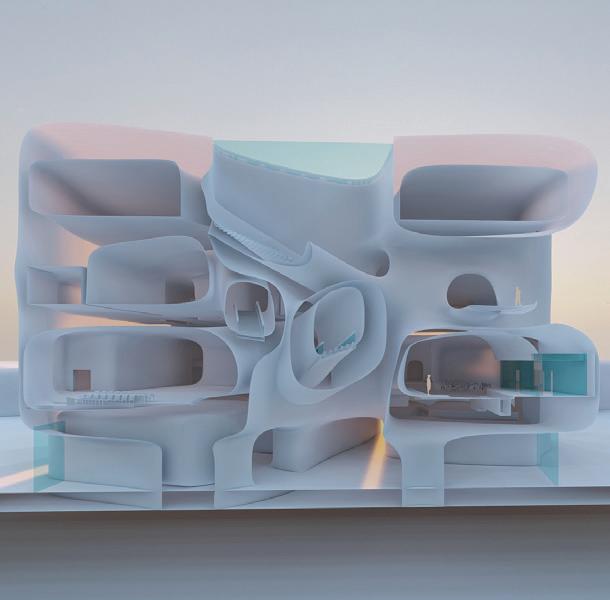







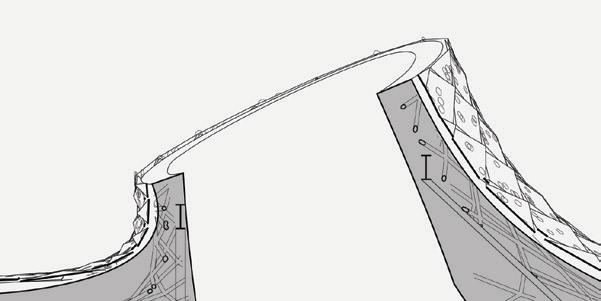
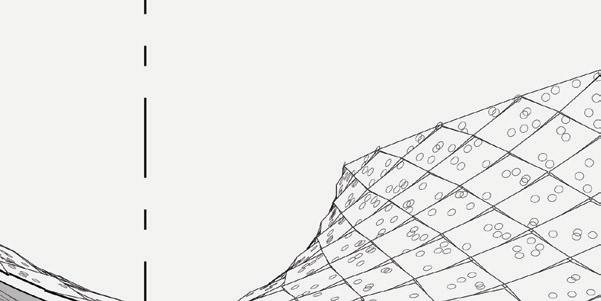



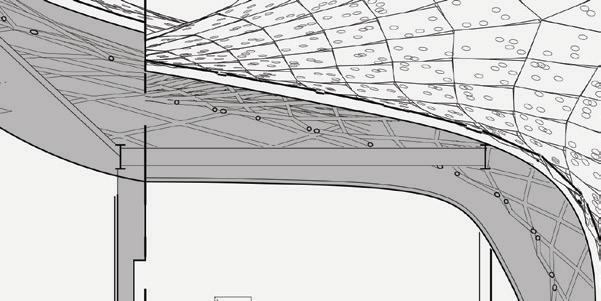

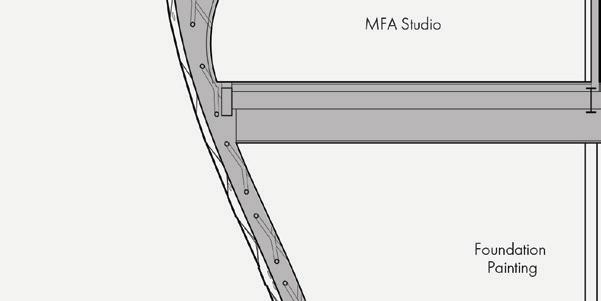



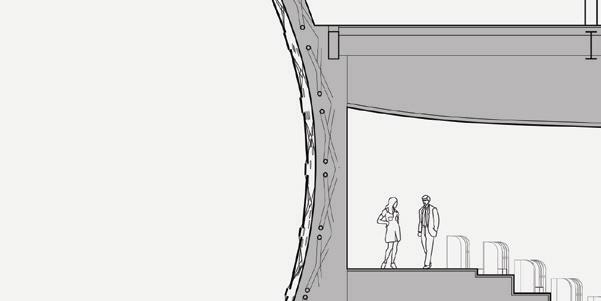
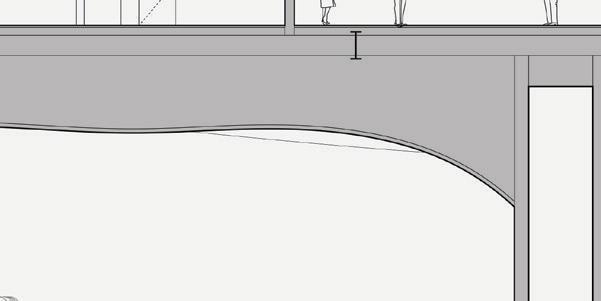

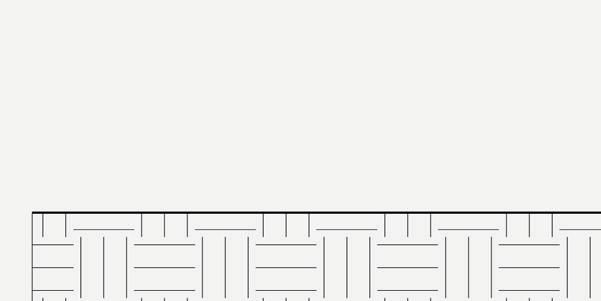
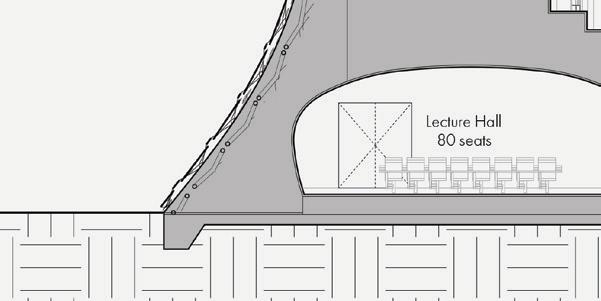



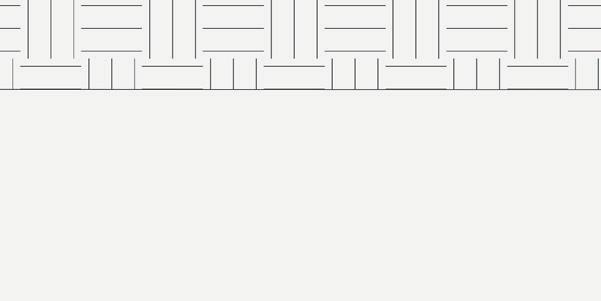
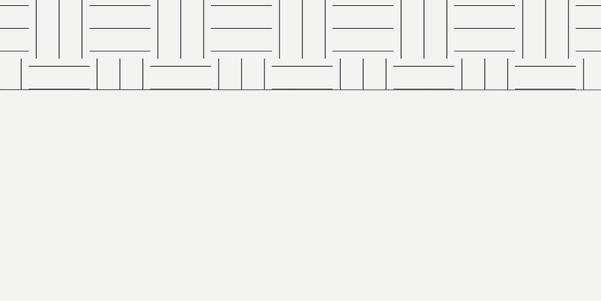













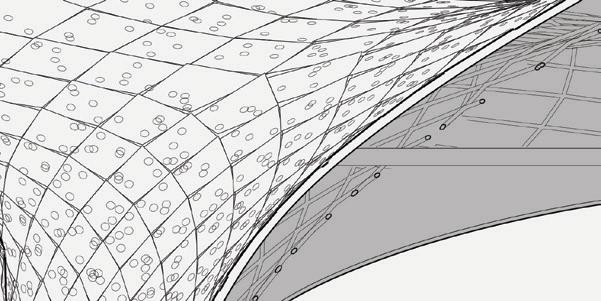
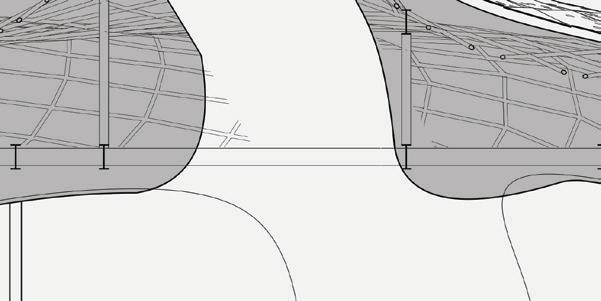




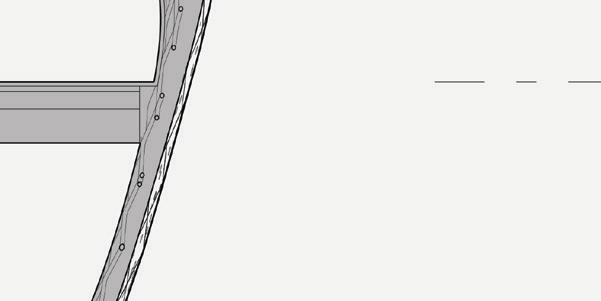

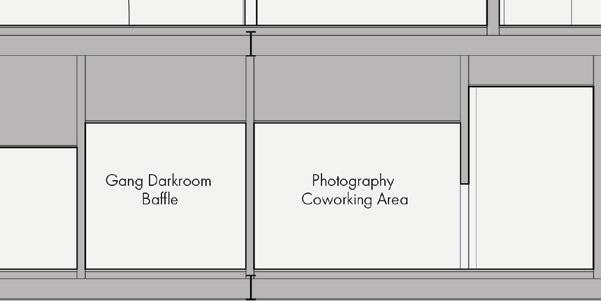


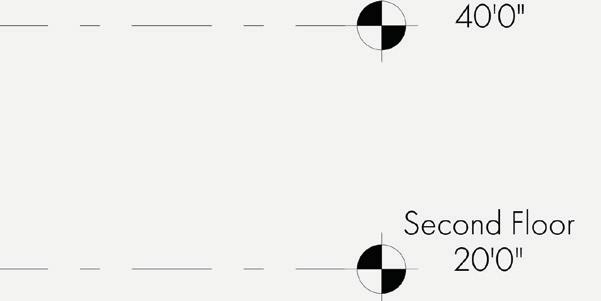

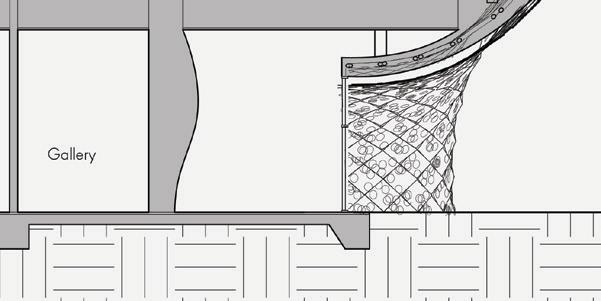










![[inter] act](https://assets.isu.pub/document-structure/230424222051-23393998493441aff5f5a7aa426dec23/v1/449059fa1729a97e770e52e34661ee3d.jpeg)

